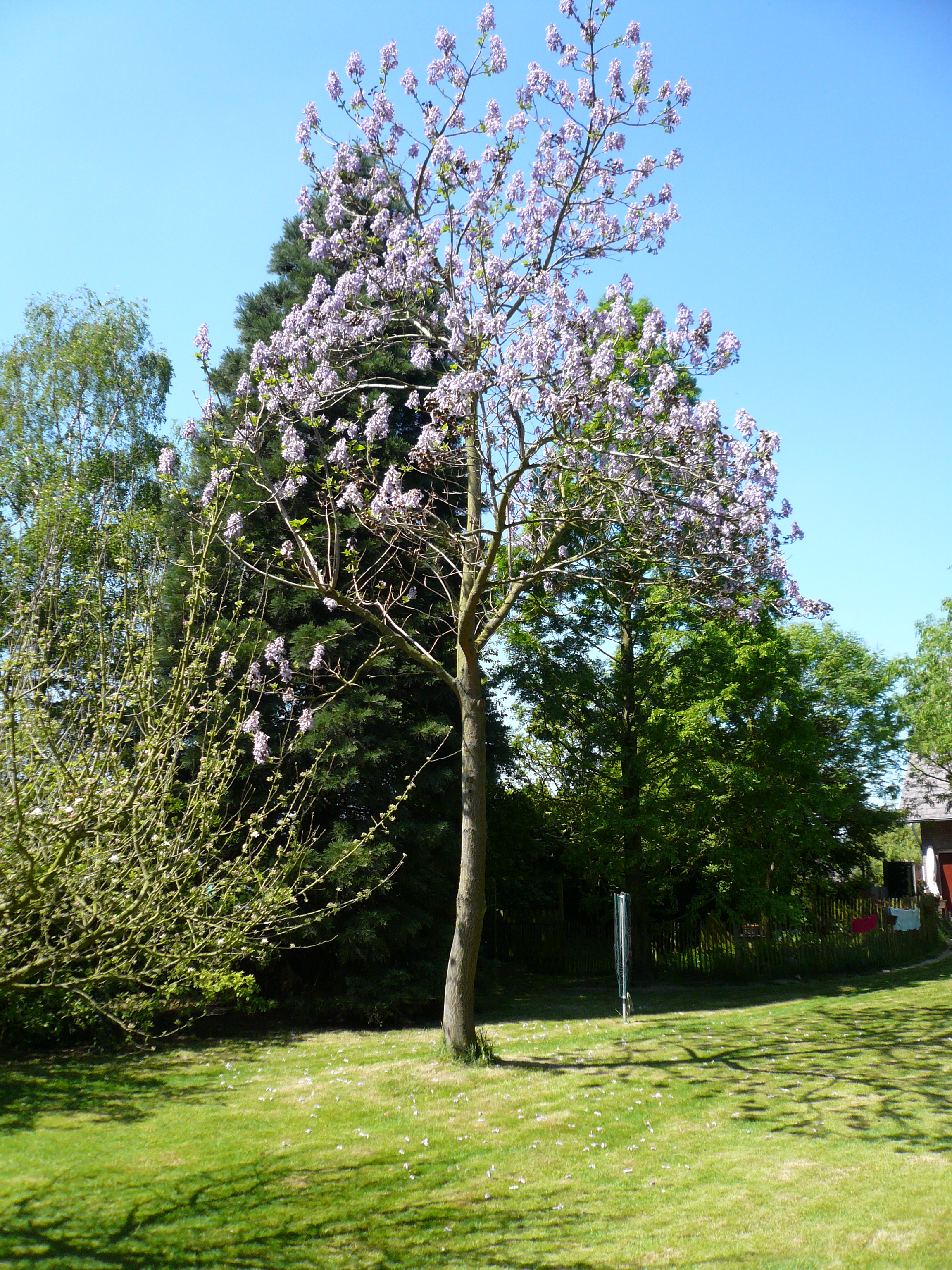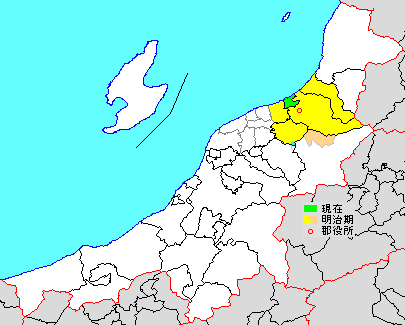|
Kamo, Niigata
is a city located in Niigata Prefecture, Japan. , the city had an estimated population of 25,971 in 10,270 households, and a population density of 194 persons per km². The total area of the city was . Geography Kamo is located in an inland region of north-central Niigata Prefecture. As the city name implies, the Kamo River flows through the city. The highest elevation is the summit of Mount Awagatake at 1292 meters. The city is located roughly halfway between the two larger cities of Nagaoka and Niigata. Surrounding municipalities *Niigata Prefecture **Minami-ku, Niigata ** Sanjō **Gosen ** Tagami Climate Kamo has a Humid climate (Köppen ''Cfa'') characterized by warm, wet summers and cold winters with heavy snowfall. The average annual temperature in Kamo is 12.6 °C. The average annual rainfall is 1978 mm with September as the wettest month. The temperatures are highest on average in August, at around 25.9 °C, and lowest in January, at around 0.6 ° ... [...More Info...] [...Related Items...] OR: [Wikipedia] [Google] [Baidu] |
Cities Of Japan
A is a local administrative unit in Japan. Cities are ranked on the same level as and , with the difference that they are not a component of . Like other contemporary administrative units, they are defined by the Local Autonomy Law of 1947. City status Article 8 of the Local Autonomy Law sets the following conditions for a municipality to be designated as a city: *Population must generally be 50,000 or greater (原則として人口5万人以上) *At least 60% of households must be established in a central urban area (中心市街地の戸数が全戸数の6割以上) *At least 60% of households must be employed in commerce, industry or other urban occupations (商工業等の都市的業態に従事する世帯人口が全人口の6割以上) *Any other conditions set by prefectural ordinance must be satisfied (他に当該都道府県の条例で定める要件を満たしていること) The designation is approved by the prefectural governor and the Minister for Internal ... [...More Info...] [...Related Items...] OR: [Wikipedia] [Google] [Baidu] |
Sanjō, Niigata
is a city located in Niigata Prefecture, Japan. , the city had an estimated population of 95,706 in 36,201 households, and a population density of 222 persons per km². The total area of the city was . Geography Sanjō is located in an inland region of north-central Niigata Prefecture. It is about 2 hours from Tokyo via the Jōetsu Shinkansen or 4 hours on the Kan-Etsu Expressway and Hokuriku Expressway. The Shinano River flows through the west of it from south to north and the Ikarashi-gawa River flows through the centre of the urbanised area. Surrounding municipalities *Niigata Prefecture ** Niigata ** Tsubame ** Nagaoka ** Mitsuke ** Uonuma ** Aga ** Gosen ** Kamo *Fukushima Prefecture ** Tadami Climate Sanjō has a Humid climate (Köppen ''Cfa'') characterized by warm, wet summers and cold winters with heavy snowfall. The average annual temperature in Sanjō is . The average annual rainfall is with September as the wettest month. The temperatures are highest on avera ... [...More Info...] [...Related Items...] OR: [Wikipedia] [Google] [Baidu] |
Niigata University Of Management
is a private university in Kamo, Niigata, Japan Japan ( ja, 日本, or , and formally , ''Nihonkoku'') is an island country in East Asia. It is situated in the northwest Pacific Ocean, and is bordered on the west by the Sea of Japan, while extending from the Sea of Okhotsk in the north .... It was established in 1994. External links Official website Educational institutions established in 1994 Private universities and colleges in Japan Universities and colleges in Niigata Prefecture Kamo, Niigata 1994 establishments in Japan {{niigata-university-stub ... [...More Info...] [...Related Items...] OR: [Wikipedia] [Google] [Baidu] |
Paulownia Tomentosa
''Paulownia tomentosa'', common names princess tree, empress tree, or foxglove-tree, is a deciduous hardwood tree in the family Paulowniaceae, native to central and western China. It is an extremely fast-growing tree with seeds that disperse readily, and is a persistent exotic invasive species in North America, where it has undergone naturalisation in large areas of the Eastern US. ''P. tomentosa'' has also been introduced to Western and Central Europe, and is establishing itself as a naturalised species there as well. Etymology The generic name ''Paulownia'' honours Anna Pavlovna of Russia, who was Queen Consort of the Netherlands from 1840 to 1849. The specific epithet ''tomentosa'' is a Latin word meaning ‘covered in hairs’. Description This tree grows tall, with large heart-shaped to five-lobed leaves across, arranged in opposite pairs on the stem. On young growth, the leaves may be in whorls of three and be much bigger than the leaves on more mature growth. The le ... [...More Info...] [...Related Items...] OR: [Wikipedia] [Google] [Baidu] |
Tansu
are traditional Japanese mobile storage cabinets. are commonly used for the storage of clothing, particularly kimono. were first recorded in the Genroku era (1688–1704) of the Edo period (1603–1867). The two characters, and , appear to have initially represented objects with separate functions: the storage of food and the carrying of firewood. Since the radical for appears in each of these characters, it may be surmised that bamboo, and not wood, was the original material used in . As gradually became a feature of Japanese culture and daily life, both hard and softwoods were used by ( craftsmen), often in combination for a single chest. Woods commonly used in included , , , , and . are collectable, and many collectors focus on finding genuine antique . There are just a few workshops who produce in imitation of the classic antiques, due to the high cost of materials and the very low prices of second-hand . Larger chests are sometimes reduced in size, particularly fu ... [...More Info...] [...Related Items...] OR: [Wikipedia] [Google] [Baidu] |
Unicameral
Unicameralism (from ''uni''- "one" + Latin ''camera'' "chamber") is a type of legislature, which consists of one house or assembly, that legislates and votes as one. Unicameral legislatures exist when there is no widely perceived need for multicameralism (two or more chambers). Many multicameral legislatures were created to give separate voices to different sectors of society. Multiple houses allowed, for example, for a guaranteed representation of different social classes (as in the Parliament of the United Kingdom or the French States-General). Sometimes, as in New Zealand and Denmark, unicameralism comes about through the abolition of one of two bicameral chambers, or, as in Sweden, through the merger of the two chambers into a single one, while in others a second chamber has never existed from the beginning. Rationale for unicameralism and criticism The principal advantage of a unicameral system is more efficient lawmaking, as the legislative process is simpler and there is ... [...More Info...] [...Related Items...] OR: [Wikipedia] [Google] [Baidu] |
Kitakanbara District, Niigata
is a district located in Niigata Prefecture, Japan. As of July 1, 2019, the district has an estimated population of 14,025 with a density of 373 persons per km2. The total area is 37.58 km2. Municipalities The district consists of only one town: * Seirō ;Notes: History District Timeline * On January 1, 1947 - The town of Shibata became a city. * On March 1955 - After it gained city status, Shibata absorbed the villages of Izumino (Ijimino or Ijikuni), Kawahigashi, Sugaya (Sugatani), Matsuura, Yonekura and Akatani (Agaya). * On March 1956 - Some areas of the village of Kajikawa were absorbed into Shibata. * On April 1959 - The village of Sasaki was absorbed into Shibata. * On November 1, 1970 - The town of Toyosaka (part of Niigata as of March 21, 2005) gained city status. Recent mergers * On July 7, 2003 - The town of Toyoura was merged into the expanded city of Shibata. * On April 1, 2004 - The towns of Suibara and Yasuda, and the villages of Kyogase ... [...More Info...] [...Related Items...] OR: [Wikipedia] [Google] [Baidu] |
Heian Period
The is the last division of classical Japanese history, running from 794 to 1185. It followed the Nara period, beginning when the 50th emperor, Emperor Kanmu, moved the capital of Japan to Heian-kyō (modern Kyoto). means "peace" in Japanese. It is a period in Japanese history when the Chinese influences were in decline and the national culture matured. The Heian period is also considered the peak of the Japanese imperial court and noted for its art, especially poetry and literature. Two types of Japanese script emerged, including katakana, a phonetic script which was abbreviated into hiragana, a cursive alphabet with a unique writing method distinctive to Japan. This gave rise to Japan's famous vernacular literature, with many of its texts written by court women who were not as educated in Chinese compared to their male counterparts. Although the Imperial House of Japan had power on the surface, the real power was in the hands of the Fujiwara clan, a powerful aristocratic f ... [...More Info...] [...Related Items...] OR: [Wikipedia] [Google] [Baidu] |
Echigo Province
was an old province in north-central Japan, on the shores of the Sea of Japan. It bordered on Uzen, Iwashiro, Kōzuke, Shinano, and Etchū Provinces. Nussbaum, Louis-Frédéric. (2005). "''Echigo''" in . It corresponds today to Niigata Prefecture, minus the island of Sado. Its abbreviated form name was , with Echizen and Etchū Provinces. Under the ''Engishiki'' classification system, Echigo was ranked as one of the 35 "superior countries" (上国) in terms of importance, and one of the 30 "far countries" (遠国) in terms of distance from the capital. Echigo and Kōzuke Province were known as the Jōetsu region. History In the late 7th century, during the reign of Emperor Monmu, the ancient province of was divided into three separate provinces: Echizen, Etchū, and Echigo. The new Echigo Province consisted of Iwafune and Nutari Districts, and was one of two border provinces of the Yamato state with the Emishi (the other being Mutsu). In 702, Echigo was give ... [...More Info...] [...Related Items...] OR: [Wikipedia] [Google] [Baidu] |






